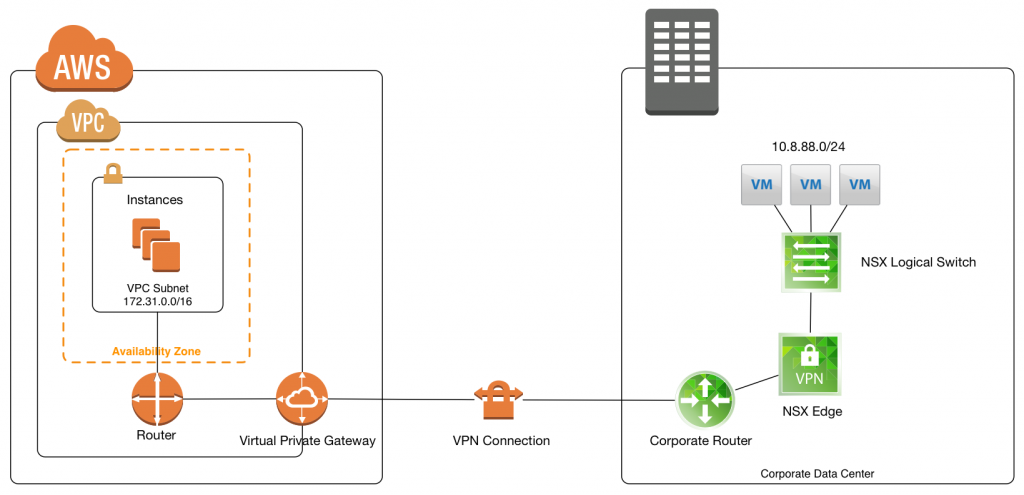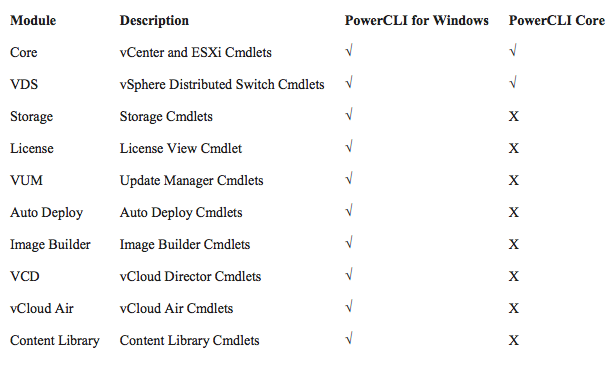The good people of vRealize Network Insight made the OVAs of Network Insight 3.2 Import-vApp safe, which means you can now install it with PowerCLI!
Network Insight consists of two VMs; the Platform VM and the Proxy VM. The setup process looks like this:
- Deploy Network Insight Platform OVA to vSphere
- Browse to the Platform UI and:
- Active your license,
- Generate a Shared Secret for use in the Proxy VM deployment.
- Deploy Network Insight Proxy OVA to vSphere
- Login to the Platform UI and start adding data sources and consume all the goodness that is Network Insight!
Having to deploy … Read more


